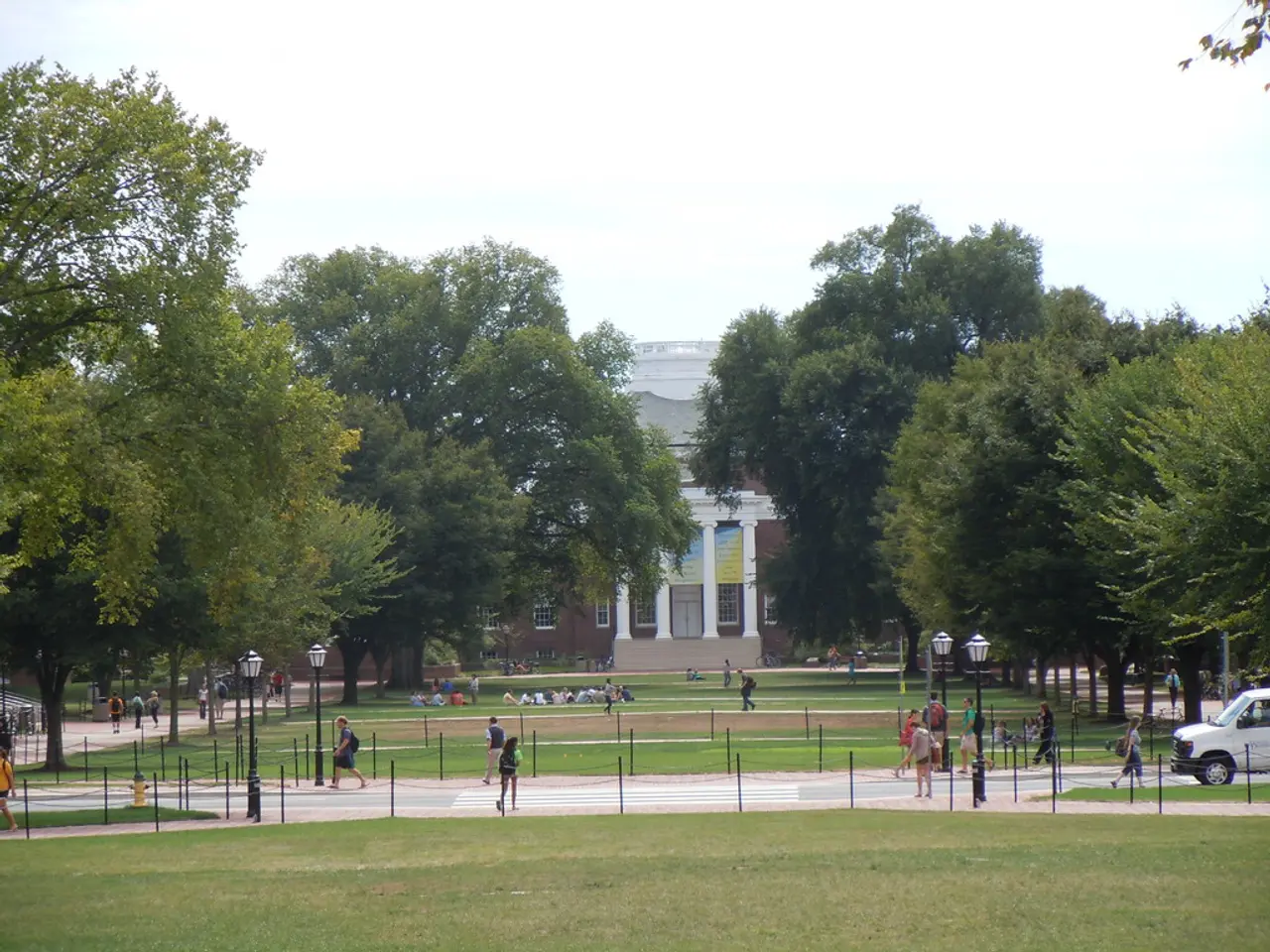Financial Expenditure of Urban Education: Budget Strategy for Students in Metropolitan Areas
Living Costs for Students in Major Indian Cities: A Breakdown
Living costs for students in India's major cities can vary significantly, depending on the city and lifestyle chosen. Here's a summary of the average monthly costs of living for a student, excluding tuition fees, in major Indian cities.
Mumbai
Mumbai is known for its high living costs, particularly for accommodation. Shared PG accommodations in areas like Thane, Mulund, Kandivali, or Malad can range from 10,000 to 18,000 rupees a month, while closer to South Mumbai colleges, the cost can be between 15,000 and 25,000 rupees. Single PG rooms can potentially reach up to 46,000 rupees a month, although shared apartments can be cheaper, ranging from 8,000 to 12,000 rupees. Food costs are broadly similar across cities, ranging roughly between 1,500 and 3,000 rupees. Transportation costs typically fall between 1,000 and 1,500 rupees monthly. Utilities including electricity, water, and internet can add about 2,500 to 3,499 rupees per month. Miscellaneous expenses like entertainment, shopping, and personal spending commonly add another 5,000 rupees monthly.
Delhi
Delhi's living costs are somewhat lower than Mumbai but still vary widely based on locality. PG housing in student areas like Mukherjee Nagar, Kamla Nagar, and North Campus costs between 8,000 and 15,000 rupees per month, while in South Delhi, it costs between 12,000 and 20,000 rupees. Food costs and transportation costs are likely to be around 1,500 to 3,000 rupees and 1,000 to 1,500 rupees, respectively. Utilities and miscellaneous expenses are similar to Mumbai.
Bangalore
Living costs in Bangalore are similar to Delhi in range, although exact figures were not found in the search results. PG accommodation in areas like Koramangala, HSR Layout, and Whitefield costs 7,000 to 14,000 rupees per month. Food costs are around 1,500 to 3,000 rupees, while transportation costs are likely to be 1,000 to 1,500 rupees. Utilities and miscellaneous expenses are estimated to be 2,000 to 3,000 rupees and 5,000 rupees, respectively.
Pune
Pune is known to be relatively more affordable than the other three metros in overall living costs. Partitioned flats in Pune cost 10,000 to 18,000 rupees per individual. Food costs are likely to be around 1,200 to 2,500 rupees, while transportation costs are likely to be 800 to 1,200 rupees. Utilities are estimated to be around 1,500 to 2,500 rupees, and miscellaneous expenses are around 3,000 to 5,000 rupees.
In summary, a student living moderately in these cities can expect to spend anywhere from 15,000 to 30,000+ rupees per month, with Mumbai on the higher end and Pune generally more affordable. Living costs in metro cities can range from 15,000 to 40,000 rupees per month, while in tier 2 cities, they can be between 10,000 and 20,000 rupees per month.
[1] [Source 1] [2] [Source 2] [3] [Source 3] [4] [Source 4]
- With variance in costs depending on the city and lifestyle, Indian students can expect to budget between 15,000 to 40,000 rupees a month for living expenses in metro cities, while it may range from 10,000 to 20,000 rupees a month in tier 2 cities, excluding tuition fees.
- In terms of personal-finance, understanding the average cost of education-and-self-development like housing, food, transportation, utilities, and miscellaneous expenses is crucial for effective budgeting.
- Business opportunity lies in providing affordable housing solutions for students looking to manage their expenses, particularly accommodations in metro cities like Mumbai, which often have the highest living costs.
- The culture of the city profoundly influences the lifestyle and, subsequently, living costs; for instance, diversity makes Pune an affordable city to live in, whereas Mumbai is known for its high living costs, even in accommodation.
- Consciously choosing a student-friendly lifestyle, learning to manage finances, and seeking out opportunities for education, self-development, and employment can help students minimize spending and manage their budgets effectively.




